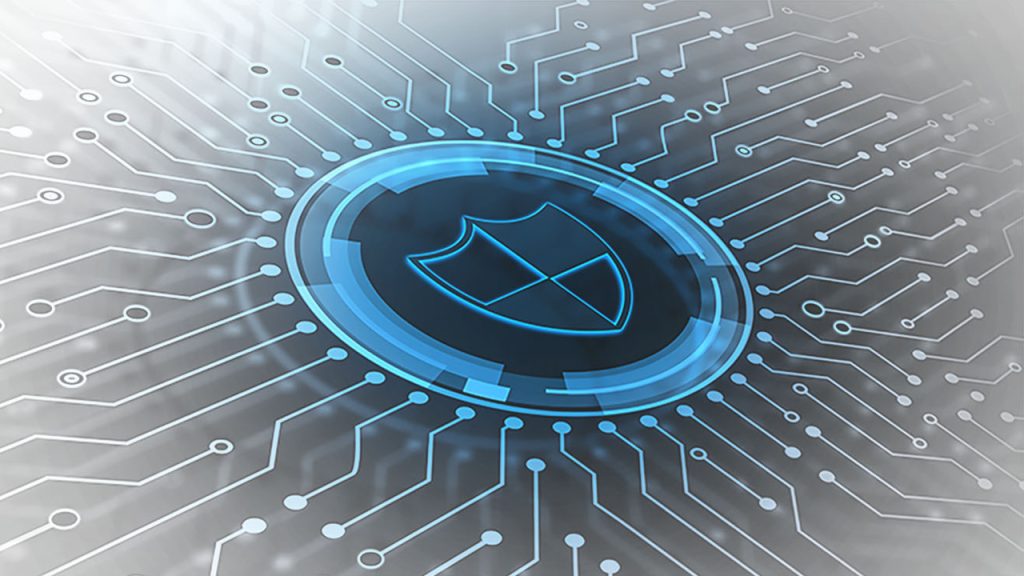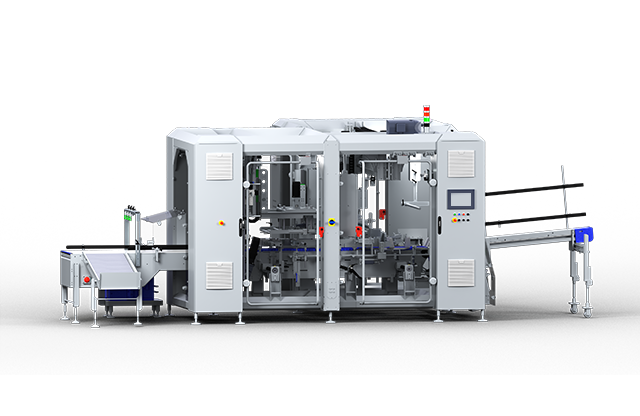The Role of Penetration Testing in Enhancing Develops Practices
Penetration testing, commonly known as pen testing, is an essential practice in enhancing DevOps methodologies, ensuring the security and integrity of software applications. This practice involves simulating cyberattacks on a system to identify vulnerabilities before they can be exploited by malicious actors. Integrating penetration testing into DevOps practices fosters a culture of continuous security, aligning with the DevOps principles of automation, collaboration, and continuous improvement. One of the primary roles of penetration testing in DevOps is to identify and address security weaknesses during the development cycle. Traditional security assessments often occur at the end of the development process, potentially leading to significant delays if critical vulnerabilities are discovered. By incorporating penetration testing early and throughout the development process, organizations can detect and mitigate security issues promptly. This proactive approach minimizes the risk of vulnerabilities making it into the production environment, thereby enhancing the overall security posture of the application.

Automation plays a crucial role in the integration of penetration testing within DevOps. Automated pen testing tools can be integrated into the continuous integration and continuous deployment CI/CD pipelines, enabling consistent and regular security assessments. These tools can automatically scan code, configurations, and environments for vulnerabilities, providing real-time feedback to developers. This immediate feedback loop allows developers to address security issues as they arise, fostering a more secure and resilient development process. Moreover, automated pen testing helps in maintaining the velocity of DevOps practices, ensuring that security checks do not become bottlenecks in the development cycle. Collaboration between development, operations, and security teams is another critical aspect of integrating penetration testing into DevOps. Penetration testing should not be viewed as a standalone security activity but rather as an integral part of the development process. By promoting a culture of shared responsibility for security, organizations can ensure that all team members are aware of potential vulnerabilities and are equipped to address them. Regular communication and collaboration between these teams help in prioritizing security issues, developing effective remediation strategies, and continuously improving security practices.
Penetration testing also contributes to the continuous improvement ethos of DevOps. The insights gained from pen testing exercises provide valuable feedback that can be used to enhance security practices and policies. For instance, recurring vulnerabilities identified during pen testing can indicate underlying issues in the development process, such as inadequate security training for developers or flawed coding practices. Addressing these root causes not only resolves the immediate vulnerabilities but also prevents similar issues from arising in the future. This continuous learning and improvement cycle is fundamental to maintaining a robust security posture in a rapidly evolving threat landscape. Moreover, penetration testing supports regulatory compliance and risk management efforts. Many industries are subject to stringent security regulations and standards that require regular security assessments and get more info visit the website https://aliascybersecurity.com/tulsa/penetration-testing/. By incorporating penetration testing into DevOps, organizations can demonstrate compliance with these requirements and ensure that their applications meet the necessary security standards. This proactive approach to security and compliance can also enhance an organization’s reputation, building trust with customers and stakeholders.



